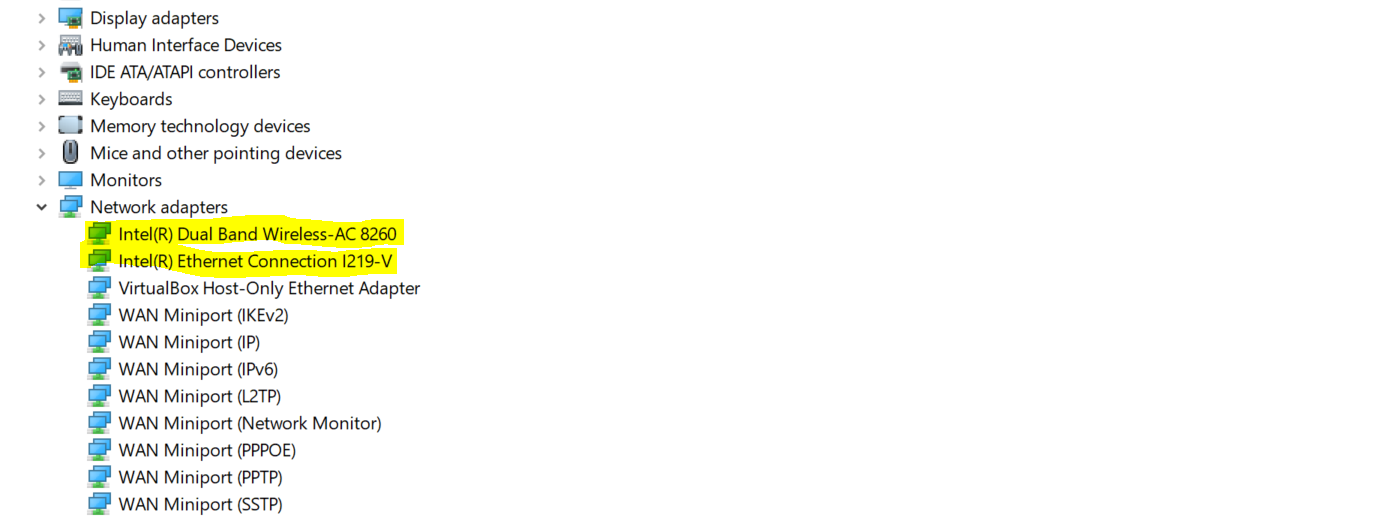For most users, a connection speed of 1Gbps is more than enough. But in an office or home setting where multiple people have to share a single connection, a gigabit connection may not be sufficient. This is where Multi-Gig connectivity comes in.
A Multi-Gig connection provides connection speeds that exceed 1Gbps. For instance, a 2.5G Multi-Gig connection provides speeds of up to 2.5Gpbs. But this is where things get complicated.
Aside from other qualifying hardware, you will need to have access to a 2.5G Multi-Gig switch port to take advantage of a 2.5G Multi-Gig connection.
What Is a 2.5G Multi-Gig Port?
Before we discuss the 2.5G Multi-Gig port, we must understand what a Multi-Gig port is.
A Multi-Gig port is an Ethernet standard that supports speeds ranging from 1Gbps to 10Gbps. The thing that differentiates a Multi-Gig port from your existing 1-Gigabit and 10-Gigabit ports is the Multi-Gig port's ability to support speeds between 1Gbps and 10Gbps. The 1-Gigabit and 10-Gigabit Ethernet ports only support 1Gbps and 10Gbps, respectively, and nothing in between.
A 2.5-Gigabit Multi-Gig port supports speeds ranging from 10Mbps to 2.5Gbps. For example, if your router has a 2.5G Multi-Gig port, it can support 10Mbps, 100Mbps, 1Gbps, and 2.5Gbps.
Benefits Of Using a 2.5G Multi-Gig Port
Network devices capable of Multi-Gig speeds are becoming more and more common. To make sure that you take full advantage of these elevated speeds, you need ports that support them.
For instance, if you run a network-attached storage (NAS) device that can operate at 2.5Gbps and connect it to a 10-Gigabit router, the NAS will only run at 1Gbps. This is because the NAS can't reach 10 Gbps, and the 10-Gig switch port doesn't support intermediate speeds like a Multi-Gig port.
A 2.5-G Multi-Gig port supports intermediate speeds, so your network devices can run at their designated speeds without any limitations. It is also backward compatible. If you already have the traditional Cat5E and Cat6 cables, you won't need to buy new ones.
How to Tell If Your Internet/Home Network Supports Multi-Gig Speeds
The simplest way to tell whether your network supports Multi-Gig connection speeds is to check your hardware and the internet service you have. If you already have a Multi-Gig connection, you can skip the service check part.
First, check to see if your network card supports Multi-Gig speeds. The simplest way to do this is to pop the model number of your network card into an internet search and look at the specs.
- On Windows 10 and Windows 11, you can find the model number of your network card from Device Manager. Press Windows key + R, type devmgmt.msc, and hit Enter. Next, navigate to Network adapters and note the model number of your network card. If you are using a laptop, note the number of the wireless card as well.
- On macOS, head to Apple menu > About This Mac > System Report > Interfaces. You can find the network card type in this menu.
- On Linux, input the following command: lshw -c network and hit Enter. You may need to add sudo depending on your configuration.

Search for these model numbers, and you'll know whether your network card supports Multi-Gig speeds or not.
Second, you will also need a router with a Multi-Gig port. Once again, the internet is your best friend here. So, find out the model number of your router, which is usually printed on the back, and complete an internet search for it.
Third, for Multi-Gig internet, you will also need a Multi-Gig internet plan. Multi-Gig internet is still in its infancy. Most ISPs either don't offer it or have limited availability. Therefore, don't be surprised if your ISP doesn't offer Multi-Gig speeds just yet.
Unlike Multi-Gig internet, a Multi-Gig home network is easy to set up if you have the right hardware, including Cat5E or higher ethernet cables.
Multi-Gig Internet Will Take Some Time to Catch On
Currently, Multi-Gig connections exist only for corporations and enthusiasts, and even then, ISPs can only offer such speeds in some areas. So, it will be years before the Multi-Gig internet goes mainstream.
That said, this shouldn't make much of a difference to an average consumer. If you want to stream movies in 4K or use cloud gaming services, a connection speed of 1Gbps is more than enough.
Comments
Post a Comment